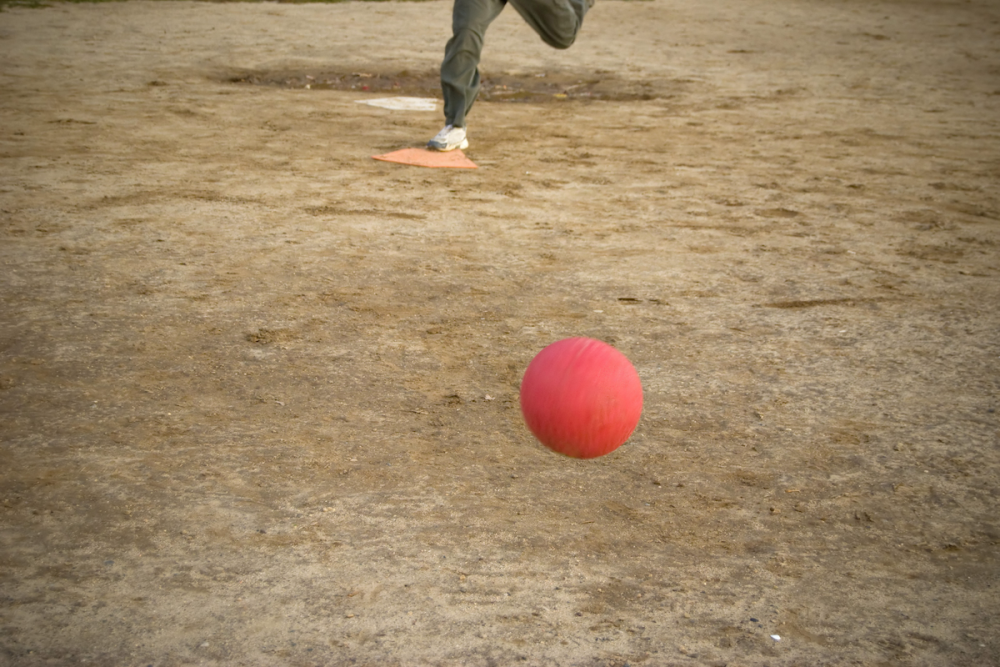
Today’s post is by regular contributor Susan DeFreitas (@manzanitafire), an award-winning author, editor, and book coach.
There are two fundamental modes in fictional storytelling: summary and scene.
Summary is the storyteller’s voice—the one that leads us skillfully through the story, collapsing and condensing time as necessary in order leave out the irrelevant bits, and tell us what we need to know, in terms of background info on the story.
Scene is the story itself, unfolding in real time. In scene, we’re not listening as someone tells us a story, narrating a series of events—we’re actually living the events of that story for ourselves.
Summary is important, and it’s a tool that hearkens back to the very roots of storytelling. But to my mind, scene is where the real magic happens in fiction.
Scene is important first because it operates on the body of the reader, convincing them on a subconscious level that they’re actually there, in the world of the story, with all of their senses engaged. To my mind, this is what novelist John Gardner was talking about when he said that effective fiction creates a “vivid and continuous dream” in the reader’s mind.
And second, scene is important because it is the most memorable way to share information with your reader. This makes it a critical tool for establishing backstory, revealing character, establishing and advancing conflict, and revealing critical information about the plot.
Skillful storytellers often seem to grasp this intuitively. But why, exactly, does scene work this way? The answer appears to lie in the study of neuroscience.
Scene and Mirror Neurons
Consider the following:
Susan took a sip of her chai, which had gone cold in the time it took her to write the introduction to her post for Jane. Carefully, she set the sturdy earthenware mug back on the table beside her, and tucked the warm blanket back under her feet. It was a cold night, and the spring wind of the high desert was bringing in late-season snow.
According to neuroscience, as you read the passage above—if you were paying attention and involved with what you were reading—the same parts of your brain lit up as if you yourself had been placing that heavy earthenware mug back on the table and gathering that blanket around yourself on a cold night. We know this because we’ve hooked people up to functional MRI machines and then watched which parts of their brains indicated neural activity as they read passages like this.
That means, as far as your brain is concerned, there’s very little difference between reading about someone doing something and actually doing it yourself.
This is based on the action of something called mirror neurons—a special class of brain cells that fire not only when an individual performs an action, but also when the individual observes someone else perform that action. Meaning that when we watch someone reach for their heavy earthenware mug full of tea, our brains precisely model what it would feel like to do the same thing ourselves.
And just as fascinating is the fact that these same sort of simulated actions and experiences appear to show up in our brains when we’re dreaming. Which has led some researchers to speculate that scenes in fiction appear to actually use this preexisting function of the brain, which not only mirrors little bits and pieces of actions we observe in others but actually strings together simulated actions and experiences into a continuous and convincing virtual reality experience.
Scene and Episodic Memory
According to neuroscience, we have two different types of memory: semantic and episodic.
Semantic memory is where you store everything you read in school about the history of the Civil War, or the process by which a bill becomes a law, or what have you. You do your best to cram that info into your brain, so that info will be there when it comes time to take the test.
But after the test? It’s use it or lose it. Meaning, if you have no further occasion to use this information—in conversation, say, or at work, or as a contestant on Jeopardy! (my lifelong dream, BTW, as a former high school Quiz Bowl nerd)—your brain will divest itself of all this info you so painstakingly crammed into your semantic memory.
Episodic memory is much stickier.
Let’s say you studied the Second World War in third grade. You may have completely forgotten that the Battle of the Bulge occurred in late 1944 and why it marked a critical turning point in that war. But if I evoke a specific memory from third grade—say, the time your teacher came outside at recess and played a game of kickball with the whole class, and wound up colliding with Chris Gleason on first base, and everyone collapsed in hilarity, it all comes back: the specific texture of the red rubber ball you used for kickball, the bright red of Chris’s face when he realized that five-foot-tall, 98-pound Mrs. Dice was about to collide with him, the way Mrs. Dice laughed so hard her little gray bun came undone, the dust of the kickball field, and the crisp, autumn day.
At least it does for me, because (as you may have guessed) this is a real memory from my real life.
In this way, episodic memory carries more information, in a more lasting way, than semantic memory.
Because scenes put us as readers there in the world of the story, they feel like magic. But skillful storytellers know how to use that magic in precisely the way that will best serve their story—to establish what’s most important in it, in a way that reader won’t forget.

Susan DeFreitas is the author of the novel Hot Season, which won a Gold IPPY Award, and the editor of Dispatches from Anarres: Tales in Tribute to Ursula K. Le Guin, a finalist for the Foreword INDIES. An independent editor and book coach, she specializes in helping writers from historically marginalized backgrounds, and those writing socially engaged fiction, break through into publishing.

So simple and so useful, that info, which i have no trouble believing, and which I deploy in my own writing, but now more consciously, so thanks for that.
Wow, Susan, you kicked this one over the school fence! I’m bookmarking it.
Thank you!
What? No nod to Lisa Cron?
Yes, I discovered much of the neuroscience of fiction through the work of Lisa Cron, and have continued that education through Lisa Zunshine and Jeff Gottschall. The part about semantic vs. episodic memory I actually learned via a book called EVOLVE YOUR BRAIN by Dr. Joe Dispenza (the book has nothing to do with writing, but it does offer a pretty fascinating pop-sci tour of the brain!).
Thanks, Susan, for demonstrating scenes in your explanation of what I had read about in Lisa’s aforementioned book on using brain science to go beyond outlining. I believe your tea mug and kick-ball game may well stay with me longer than some parts of her much-valued book.
I’m so glad to hear it, Steve! So much of my work as a professional has been taking what Lisa shares and applying it in a very nitty gritty way, as both a working writer and a book coach.
The topic of neuroscience and its relationship to writing fiction greatly interests me. Thank you for this insightful piece.
You’re welcome, Dr. D!
This is fascinating, Susan. Thanks for posting it.
This is so cool! I’ve never bothered to look at the actual science behind reading and what happens in our brain. It makes me wonder what’s different in people who aren’t able to pull up the same visual images in their mind. I have friends who love to read but say they never visualize anything. Sounds like it’s time for me to do some digging!